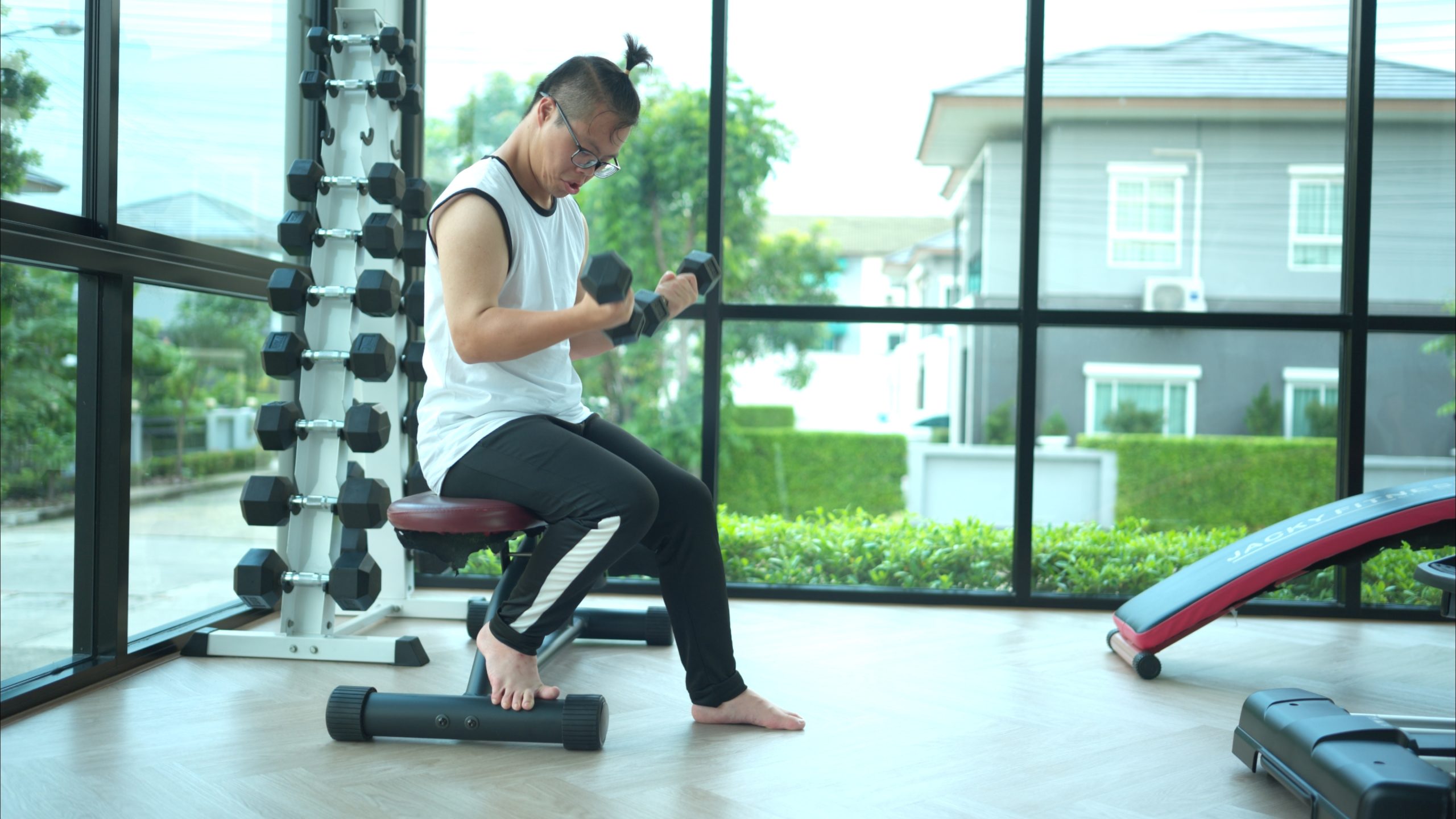Exercise is good for us, we know this, but we’re starting to understand it’s positive effects on many mental health and neurodivergent conditions, like Autism. Not just exercising for fitness, optimal weight, heart health etc. but exercising to manage, and improve, some of the symptoms and behavioural difficulties that people on the spectrum experience. But how well do we understand them? Let’s have a look at the evidence . . . . .
A recent review (March, 2025) looked at results from randomised controlled trials investigating different aspects of exercise interventions for Autistic people. The review found “convincing, consistent evidence for positive impacts of physical exercise programs on multiple areas of functioning for autistic children and adolescents”. At first glance, this looks like good news, right?
However, when we look a little deeper into the research we can note a few things:
- Much of this research is still trying to find ways to make Autistic people conform to neurotypical standards – for example, by trying to reduce self-stimulating behaviours (‘stimming’) or trying to increase the amount of eye contact an Autistic person engages in.
- There was a notable absence of data relating to Autistic girls and women, Autistic adults, gender-diverse individuals and Autistic people with co-occurring physical health conditions (many of which are more common among Autistic folk such as Ehler’s Danlos Syndrome, Postural Orthostatic Tachycardia Syndrome, and more).
- There appeared to be no consultation with Autistic people to find out what is important to them in an exercise intervention.

It is established that Autistic people are more likely to suffer from lifestyle-related health conditions throughout their life, such as anxiety, depression, hypertension, stroke and diabetes. The risk of developing these conditions could potentially be decreased by participating in regular exercise, however little research has been conducted to understand why Autistic people are frequently not meeting exercise guidelines, and how to address this. For people who already have these conditions, exercise is likely to be a safe and effective way of managing or improving symptoms.
An article published in ‘Autism in Adulthood’ by an Autistic researcher identified some recommendations for future research, including:
- Involving Autistic people at all stages of research, including the design of the intervention.
- Move the focus of the intervention away from trying to ‘fix’ Autism and towards trying to improve quality of life for Autistic people.
- Conduct research that focuses on girls and women – many of the clinical trials to date have included 80% or more boys/men.
- Ensure that research considers how to facilitate more exercise over a long term outlook, rather than just focusing on a short term intervention, in order to be able to address physical health risks.
Here at Hills Physiotherapy, we aim to practice in a neuro-affirming way. While there may be limited research into how to best support Autistic adults from an exercise intervention perspective, we can take comfort from the fact that in every consultation, there will always be an expert present – you, the client. Taking into account individual needs such as sensory sensitivities, communication preferences, and processing differences allows us to provide a service that is tailored to a person, rather than a label. Everyone deserves to be supported to find a way to move their body in a way that is enjoyable and safe for them.
Written by Exercise Physiologist Louise Pontin. To book, click here
See her previous blogs about using Exercise to treat depression, and ADHD.
Hallett, R. (2019). Physical activity for autistic adults: Recommendations for a shift in approach. Autism in Adulthood, 1(3), 173–181. https://doi.org/10.1089/aut.2019.0016
Rivera, R. A., Robertson, M. C., & McCleery, J. P. (2025). Exercise interventions for autistic people: An integrative review of evidence from clinical trials. Current Psychiatry Reports, 27(5), 286–306. https://doi.org/10.1007/s11920-025-01597-6
